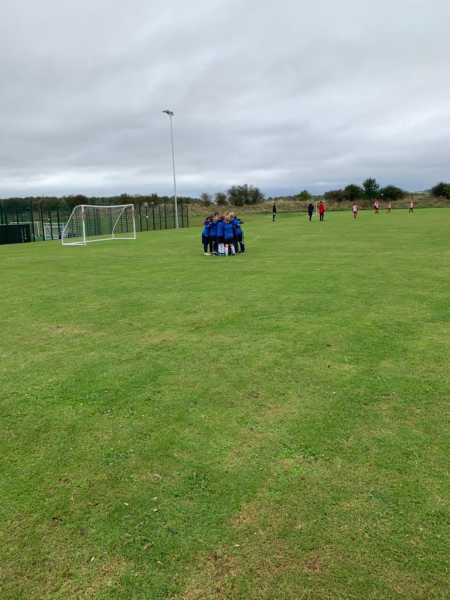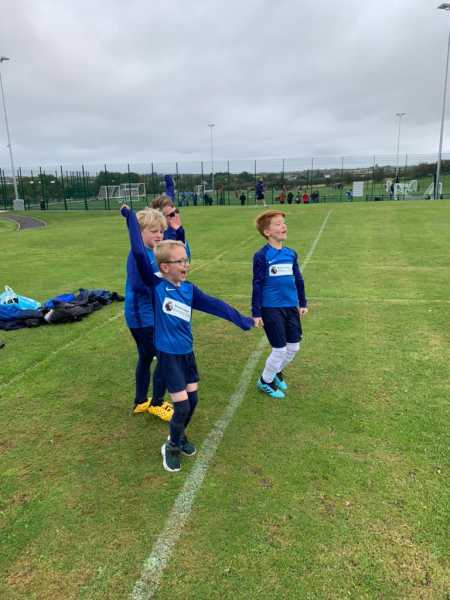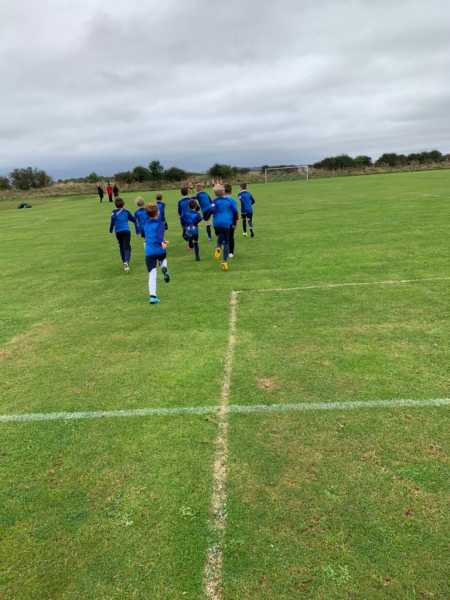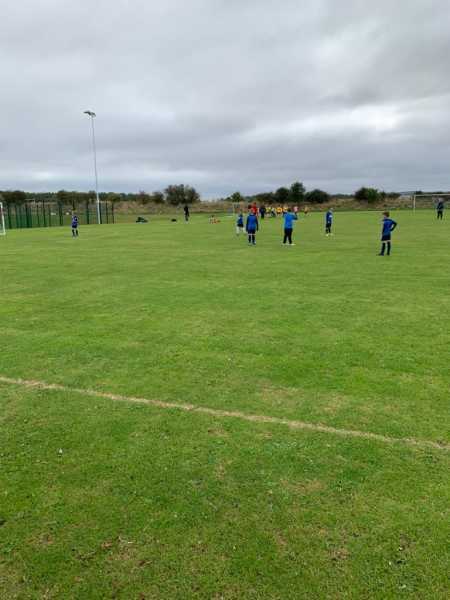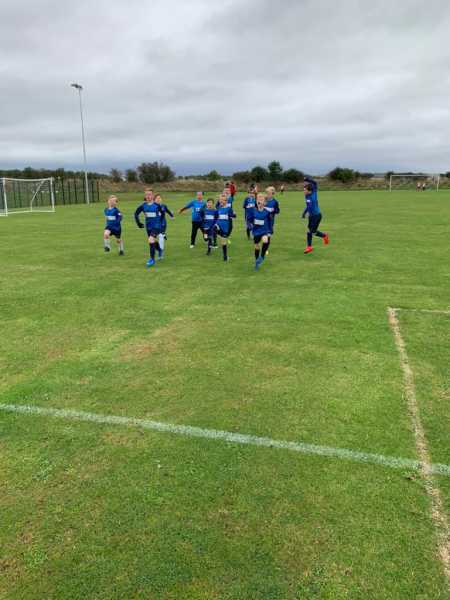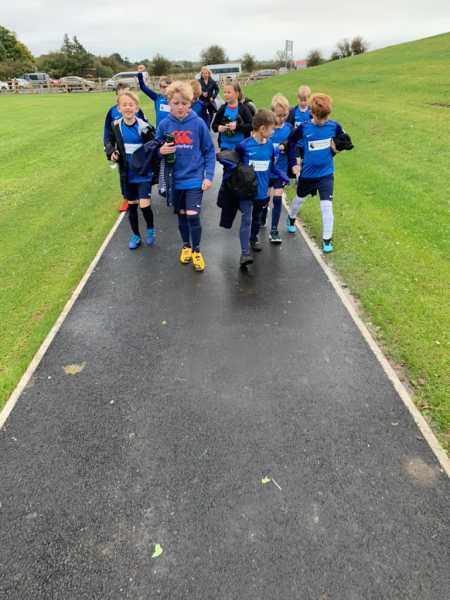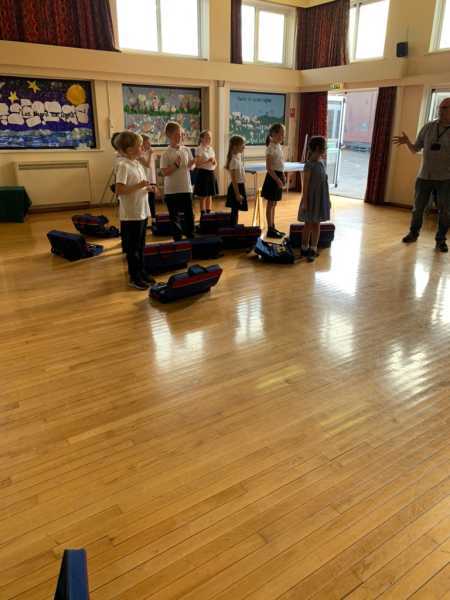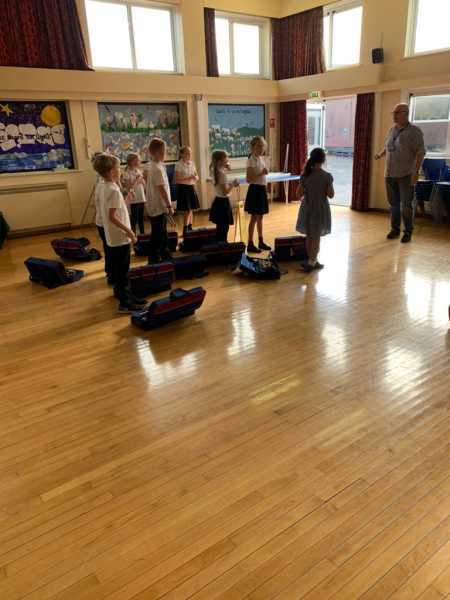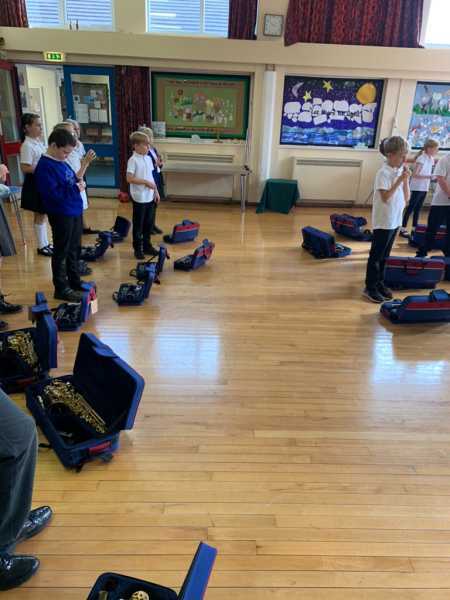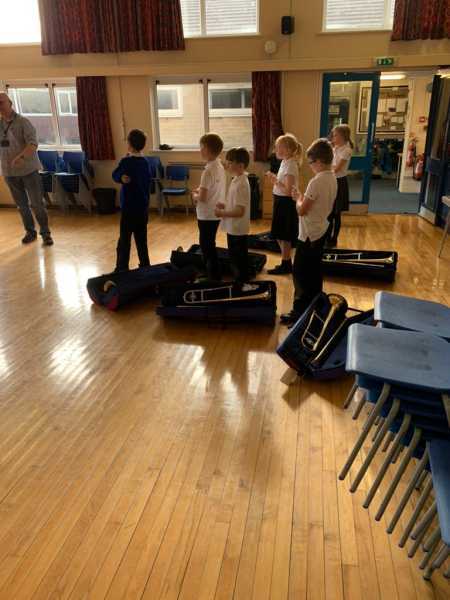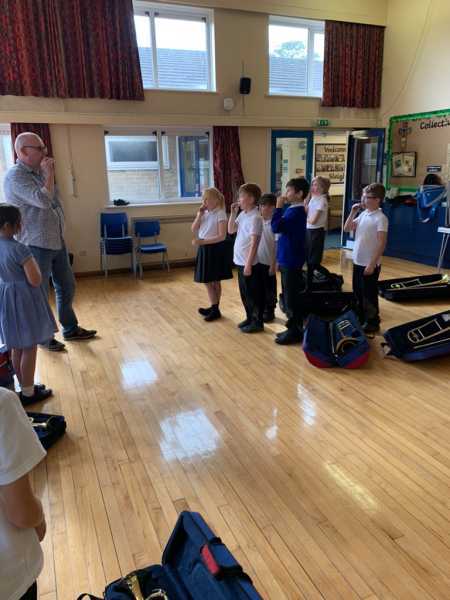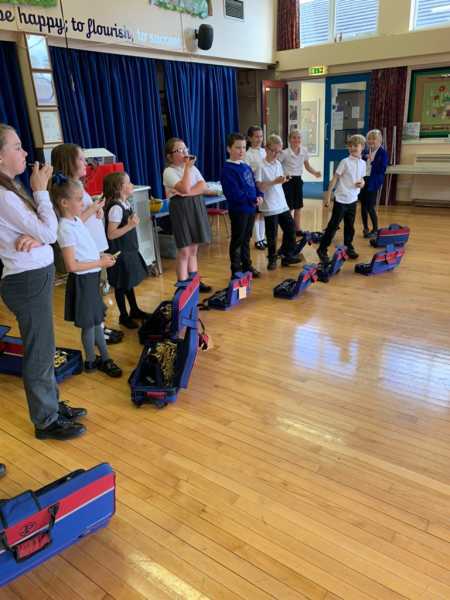We have felt very Autumnal this week in Learners’ Class. We were so thankful that we probably had the only sunny day this week as our Forest School day. We had our scientific hats on as we collected as many leaves as we could, then discussed in teams how we wanted to sort them into groups. Each team chose a different way to sort them. We had “smooth leaves” and “spiky leaves”, “sycamore leaves” and “oak leaves”, “big leaves” and ” small leaves” and “green leaves”, “orange leaves” and “green/orange mix leaves”. Our teamwork was amazing and we worked collaboratively together.
We have also delighted in studying the tree outside our classroom in Science this week. We produced some outstanding drawings of the tree in Autumn and we will be watching our tree change through each of the seasons.
In History, we have been learning what a timeline is and how we use them. We even created a timeline of our own life events starting with the year we were born and ending a present day. We found this quite fascinating!
We have been enjoying reading books from The Family Large series this week – by Jill Murphy. I think our Friday vote will be quite interesting this week – I wonder which story will prove the favourite?
We are really enjoying our research of The United Kingdom – our knowledge is deepening each day. We have been writing down interesting facts all week and are nearly ready to put together a Learners’ Class Report of the United Kingdom – watch this space!
Learners’ Class













